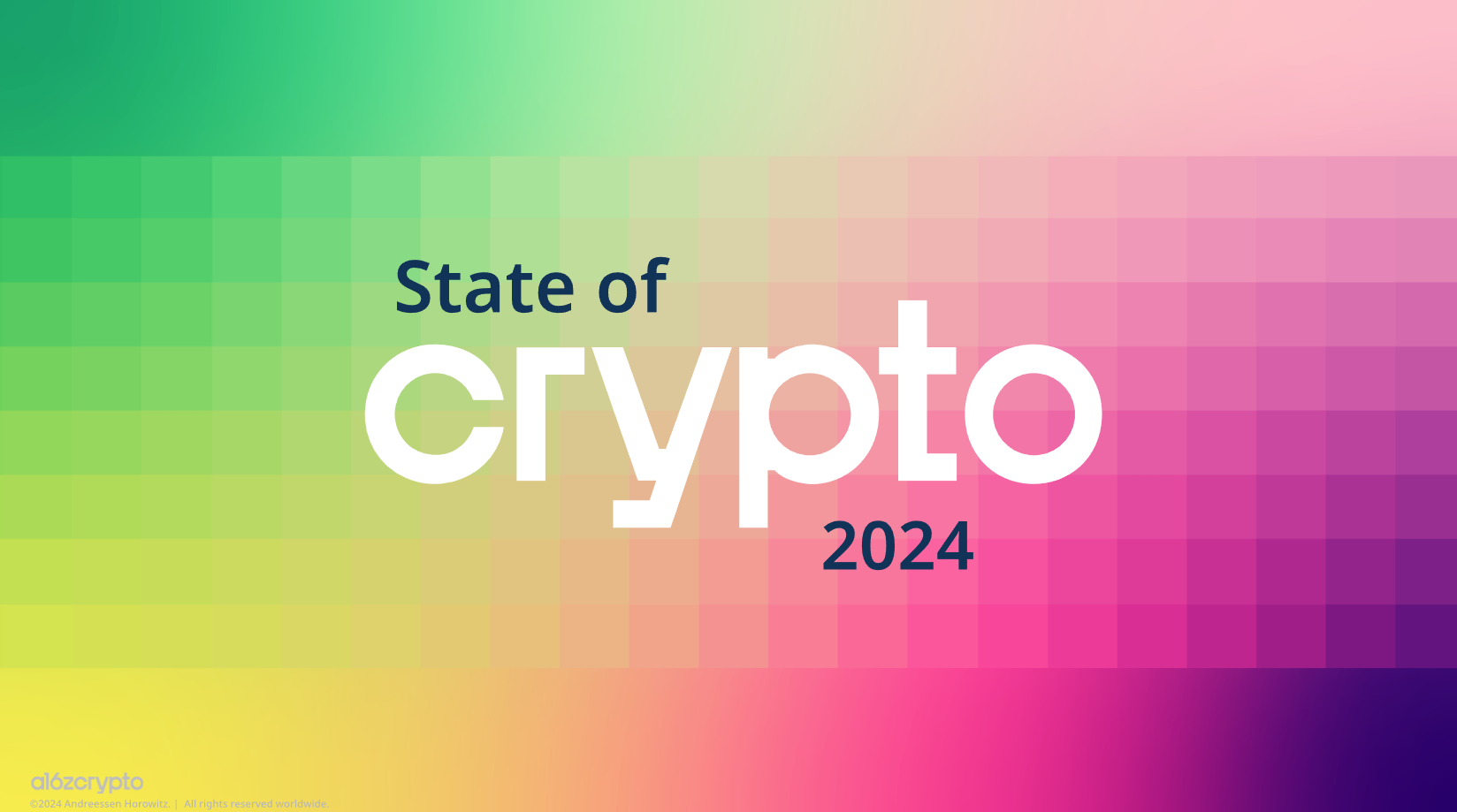Alright, let’s break down the 2024 Crypto Report by Andreessen Horowitz, which dives into the state of crypto today. The report kicks off with a fascinating question: How big is crypto now, really? And they’re giving us some great insights, especially through comparisons with the early days of the internet.
Active Crypto Addresses and Internet Users: A Comparative Journey
To start, we’re looking at monthly active crypto addresses, which hit a new record of 220 million in October 2024. If you compare that to early internet usage, there’s a striking similarity in the growth curve over the first six years of each. However, there’s a critical difference: while 220 million active addresses is substantial, many of us crypto users have multiple addresses. So, we’re still unsure of the actual number of unique users.
Which Blockchains Are Winning in 2024?
In terms of blockchain popularity, Solana has clearly taken the lead. It’s sitting at a solid 100 million active addresses, pulling way ahead of others in the space. Following Solana, we have Coinbase’s blockchain, Base, at 22 million active addresses, then Binance Smart Chain (BNB), Ethereum, Polygon, Arbitrum, and Optimism. Interestingly, Ethereum itself is trailing behind several other blockchains, despite the strength of its ecosystem.
The Global Shift in Crypto Adoption: Emerging Economies Lead the Charge
Crypto usage by country is shifting, too. While the US once topped the list, countries like Nigeria, Argentina, and India are now outpacing it. In Nigeria, for instance, the naira’s challenges are pushing people towards crypto as an alternative. Argentina, facing hyperinflation, and India, despite its complex regulations around crypto, are also seeing substantial adoption.
What Are Crypto Users Really Doing?
One interesting metric shows between 30 to 60 million active monthly crypto users globally. But what’s everyone actually doing? That’s the million-dollar question, and this is where the real analysis begins, as we get into behaviors, motivations, and on-chain activity.
Crypto as a Political Issue
Crypto has now become a political talking point, especially with the upcoming US elections. Andreessen Horowitz suggests that crypto policies could sway voters, especially in swing states like Pennsylvania and Wisconsin. While some believe that Trump’s policy shift toward crypto could tip the scales, I think it’s unlikely to be a decisive issue. However, this does show that crypto is gaining traction beyond financial circles and into broader political discourse.
Public Engagement and Global Regulation
Another major point is regulatory clarity. Andreessen Horowitz, usually quite critical of the EU, actually commends its Markets in Crypto-Assets (MiCA) regulation for setting a precedent in structured, public-engagement-led regulatory processes. It’s refreshing to see this model highlighted, as it sets an example for other regions, including the US.
Wyoming’s DAO laws also get a nod here. Though public interest has been relatively quiet, it’s another step toward setting a framework that could pave the way for other states.
ETF Approvals and Crypto Market Leadership
The SEC’s stance on crypto ETFs is still a pivotal topic. Bitcoin, naturally, leads the pack in terms of assets on-chain and through retail engagement. Ethereum is in the second spot, with Solana likely in third. Bitcoin’s sheer market penetration, both among retail and institutional investors, makes it the dominant crypto asset by a landslide, with a whopping $58 billion in on-chain holdings.
CBDCs and Stablecoins: A Battle of Currency Control
The report also dives into Central Bank Digital Currencies (CBDCs) and stablecoins. Most countries are still in the research phase, but some are already piloting or even launching CBDCs. The map of CBDC developments highlights Latin America, where many countries conduct research without pushing forward. The US and Australia have proof-of-concept projects, while China and Russia are already running pilots or have launched CBDCs.
Another interesting stat: 99% of the stablecoin market is dollar-denominated. And that dollar dominance isn’t just relevant; it’s powerful. In fact, the total stablecoin market cap now outstrips the entire national debt of Germany and falls between Mexico and Germany in size. Circle’s USDC is showing potential for growth, especially as Coinbase in the EU pressures Tether (USDT) for regulatory compliance under MiCA.
The Magnificent Seven: Big Tech’s Dominance in Crypto Infrastructure
The last segment that really caught my attention is about the “Magnificent Seven,” the tech giants—NVIDIA, Google, Meta, Alphabet, Microsoft, and Apple—that continue to drive innovation and monopolize the market. It’s a pattern: they invest heavily in R&D, snap up competitors, and solidify their dominance. These companies have pushed NASDAQ’s tech sector leadership globally, and crypto has only added another dimension to their influence.
Conclusion: What Lies Ahead for Crypto?
In summary, this report gives us a compelling snapshot of where crypto is headed. There’s no doubt that it’s more mainstream than ever, with regulatory frameworks, political implications, and tech infrastructure all playing increasingly vital roles. Stablecoins are reshaping dollar-denominated assets, CBDCs are looming as the next frontier, and emerging markets are becoming key players in adoption.

13 responses to “My Take on the 2024 Crypto Report from Andreessen Horowitz”
cheap androxal cost per tablet
buy cheap generic online androxal
get enclomiphene cheap europe
purchase enclomiphene cost on prescription
cheapest buy rifaximin canada cost
buying rifaximin generic now
ordering xifaxan price from cvs
buying xifaxan generic overnight shipping
Cheap staxyn no perscription
order staxyn generic drug
order avodart price for prescription
buy avodart generic overnight delivery
medicament kamagra prescrire eu medicament
acheter kamagra pharmacie gracieux ans
how to buy flexeril cyclobenzaprine buy in australia
buying flexeril cyclobenzaprine online without prescription
non prescription dutasteride
ordering dutasteride buy online uk
buy cheap gabapentin usa buy online
buying gabapentin us pharmacies
get fildena price netherlands
ordering fildena usa generic
how to order itraconazole price singapore
online order itraconazole usa drugstore
žádné předpovědi kamagra
kanada kamagra